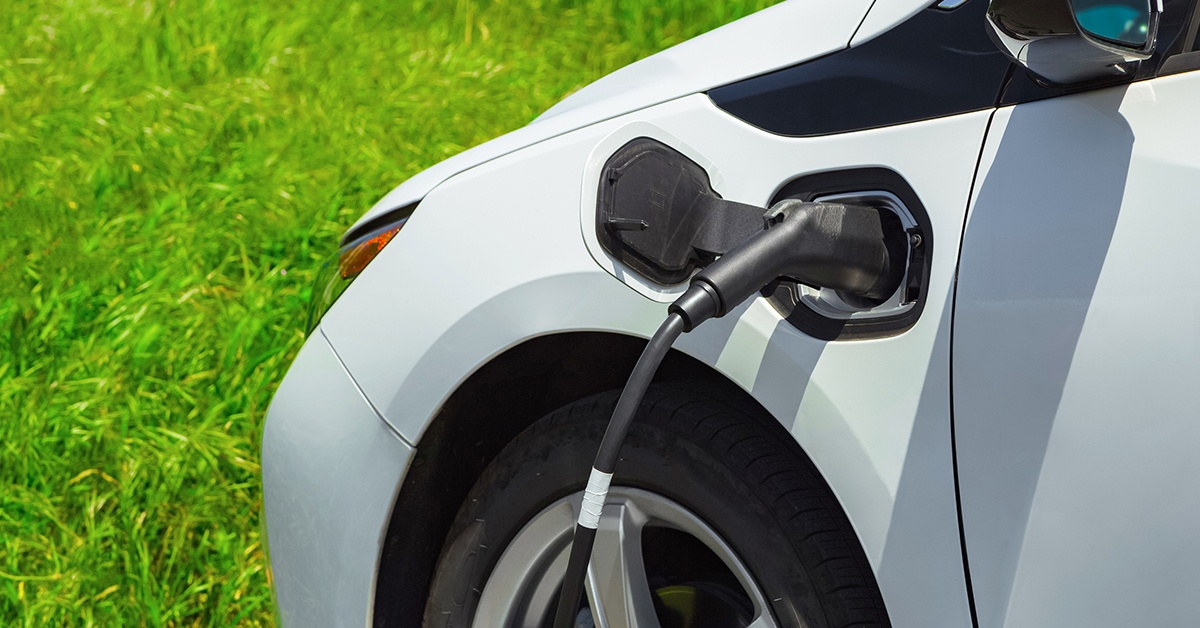
Electric Vehicles (EV) offer many benefits over their gas-powered counterparts, but their market appeal is currently tempered by their higher cost and new safety concerns. Charging, safety, and environmental standards are changing the electric vehicle industry, but there is as of now no unifying, global standard to guide the market. This could mean that EV manufacturing centers would have to make different vehicle models based on the market’s country regulations, ultimately raising the cost of production. An EV tested and certified through one regulatory body still does not mean that your product has been automatically approved by another. Creating a uniform, global safety standard and bringing EVs within this standard will improve the pace of adoption.
The safety standards driving EV development
The motor vehicle industry has been working for decades towards this goal, and the 1958 UNECE (United Nations Economic Commission for Europe) agreement has been a boon to coordinating these international efforts. However, with the rapid growth of EV demand, production centers in Japan, Europe, North America and China have resorted to forming and promoting their own safety and quality standards. For example, while many EV’s may follow the UN regulations on REESSs (Rechargeable Energy Storage Systems), not every EV will meet the noise safety guidelines set out by Japan’s Ministry of Land, Infrastructure and Transport.
As another example, EV charging stations must be assessed and certified according to EU, IEC, and North American standards, including UL 2202, NFPA 70, and EN/IEC 62752. The standards of conformity for the electric supply from EV or fuel cell vehicle to home, load or grid are EN/IEC 61581-1 and UL 458A. These standards are fairly specific and apply to just one recognised component of an electric vehicle, but they are all defined by different governing bodies. Other automotive safety standards are much broader in scope, such as UNECE R100 and R136 which apply to both parts homologation and lithium ion battery safety, or the R10 which applies to automotive components and electromagnetic compatibility. Again, being certified under the ISO standard for battery testing does not grandfather you in to compliance with the IEC standard. There are so many regulations to follow that it can be confusing to keep up with the latest developments in each standard.
How to stay in compliance with rapidly changing standards
Uniform EV safety standards will make it easier to design and operate electric vehicles and their associated infrastructure. In 2012, under the United Nations World Forum for Harmonization of Vehicle Regulations (WP 29), China, Japan, the EU, and the USA established the EV Safety (EVS) working group with the goal to create a Global Technical Regulation (GTR) for EVs. However, this process will only complete phase 1 in November of this year, and phase 2 will require longer-term research and further revision of the GTR before it can be put into practice. For now, UL, the International Electrotechnical Commission (IEC), the United Nations Economic Commission for Europe (UNECE), the National Fire Protection Association (NFPA) of the USA and Canada, the ISO, and other regulatory bodies will continue to define their own separate safety standards concerning electric vehicles.
TÜV Rheinland experts can provide information on the latest trends and can confirm conformity to the relevant standards. We also provide multi-level, high-voltage safety training courses for personnel safety, and have taken the lead in introducing testing and certification services for EV charging systems.
For more information, speak with our experts:



